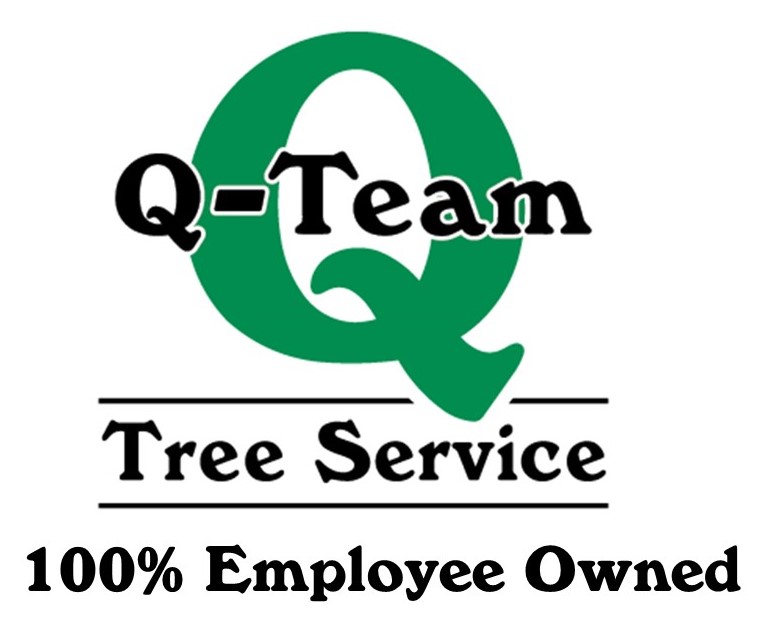I recently read an interesting article, in the Portland paper, about the return of the American Chestnut Tree. This reminded me of the time, a few years ago, when I took a ride with a local (Bridgton) member of the American Chestnut Foundation, so I could show him any remaining American Chestnut Trees I had found. When we took off, he was concerned that I may be taking him to see Horse Chestnut Trees (aka Buckeye Trees), but he was pleasantly surprised when he realized that I did indeed know the difference. We visited numerous locations around the area, and he carefully documented their locations on a Maine Gazetteer. It turns out that New England use to be home to millions of American Chestnut Trees, which can grow to be a few feet in diameter. In the early 1900’s, a bight was somehow introduced that would eventually wipe out almost all of these majestic trees. The American Chestnut Foundation, as I remember it, started a program in Maine (and possibly other states too), to breed blight resistance into the trees. They would plant a few hundred trees in each of a few locations around the stated, and after a few years, they would introduce the blight to each lot. About 98 percent of the trees would die, but two or three would live. They would take the seeds from these few surviving trees and reproduce the experiment over and over until blight resistance was bread into them. This is a process that takes many years, but it sounds like there has been some success.
In case you’ve never seen an American Chestnut Tree, it is similar to a Beech Tree, only the leaves are narrower but more conspicuously toothed, and the bark is furrowed. The nuts are also similar to a Beech Nut but much larger and the spines are long and much sharper. This is in contrast to the much shorter, less pointed and more sparsely spaced spines on a nut from a Horse Chestnut Tree. American Chestnut wood is a hardwood that has many uses, including furniture making.
Who knows, maybe we will eventually be graced again by their presence in our yards and in our forests. Thank you, American Chestnut Foundation. As far as I’m concerned, we can never have too many trees.

